

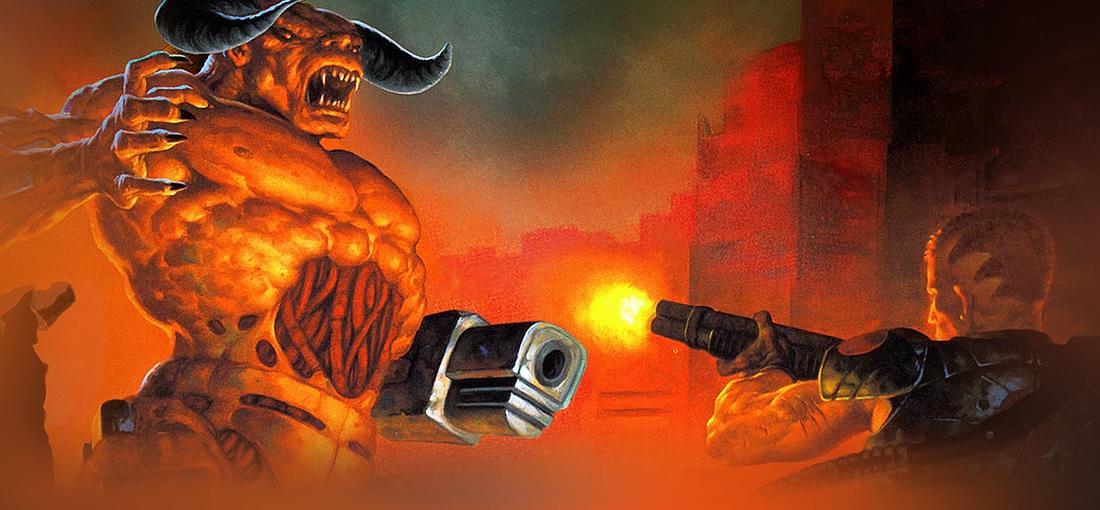

Honestly, I don't particularly care for Doom 2's level design next to the first one. The music's alright, super shotgun is a classic weapon addition, and on its own merits I'd give the whole package maybe 4 stars max. That being said, if you like most people are looking at this because you want to run some mods, it is absolutely a five-star basis for the longest-running modding scene in video game history and I'd wholeheartedly recommend it for that purpose.
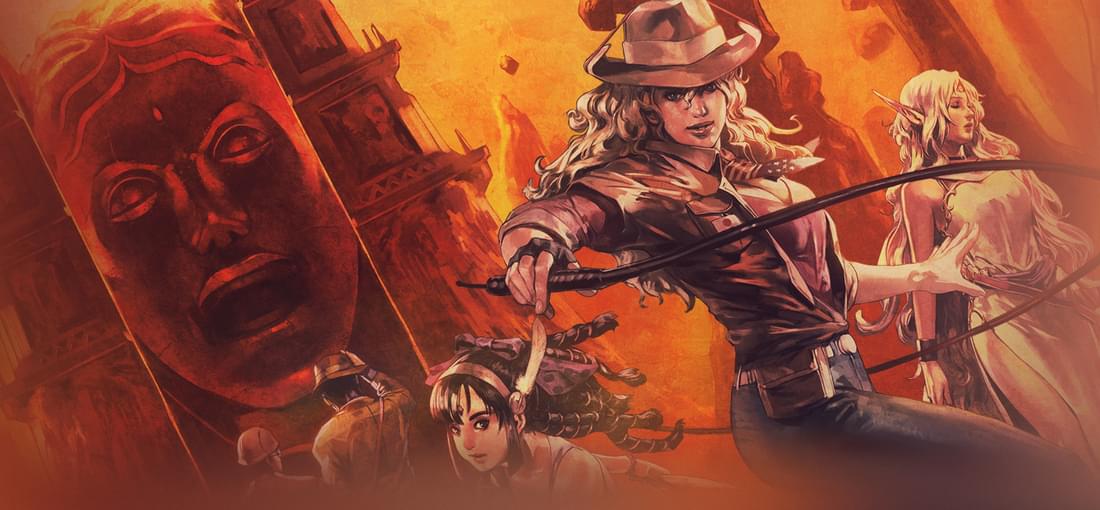
There is a surprising variety of experiences you can have playing the La-Mulana games, and at the very least you don't have to worry about it being 2005 so that your only option is to play the freeware original in Japanese with exactly two half-finished machine-translated guides as your only reference materials. That being said, having experienced that, it was still a significantly richer experience than this new sequel is. Every La-Mulana game has its issues. The freeware release with its unwieldy save and healing system, grapple gloves, ROM carts, etc., the remake with its super-OP bosses and complete lack of retro aesthetic, and now the sequel with its hordes of exquisitely crafted B.S. unfunny and unfun "gotcha" moments. Nigoro did manage to successfully streamline LM2 somewhat, easing you into the game better, but seemingly in an attempt to maintain the notorious difficulty in the face of simpler enemies and puzzles, the level design is now completely riddled with invisible traps at every turn. Moreso than the original, certainly. Picture the Hell Temple from LM1, except instead of being designed to break your spirit it's just to tick you off constantly. Trapdoors that drop you into spikes that bounce you into enemies and force a 10-minute trek back; enemies that bounce you into instadeath "poison lava" pits or inescapable drowning traps; bats that have been deliberately redesigned to blend into the background; overpopulation of basic enemies rather than a sparser but more engaging bestiary; the list goes on. Perhaps the single best illustration I can make of my argument is to compare the first hub of both games. LM1's Guidance Gate allowed you exploration into multiple other areas right off the bat each with valid means of progression. LM2's Roots of Yggdrasil will offer you entrance into multiple other areas right off the bat, most of which are actually late-game areas that will kill you outright for daring to enter because they're gated by progression items that you won't get until hours later. You're handed a series of baited mousetraps and get to figure out how to progress by setting them off in sequence until you find the one that DOESN'T snap shut on you. LM1 punished overzealousness. LM2 punishes just for sake of punishing. There were dozens of ways to brick your save file, multiple mistranslated hints and one critical hint that was omitted entirely by the translation until several patches after release and the Hell Temple equivalent is paid DLC, so all signs point to the game being a bit rushed next to the original. Puzzles are more obtuse than cryptic, exploration is more railroaded than open and more punishing than rewarding, and the whole thing is basically all of the frustration La-Mulana is known for with less if any of the satisfaction that should come with it. It looks and sounds nice, but that's about all I can give it.
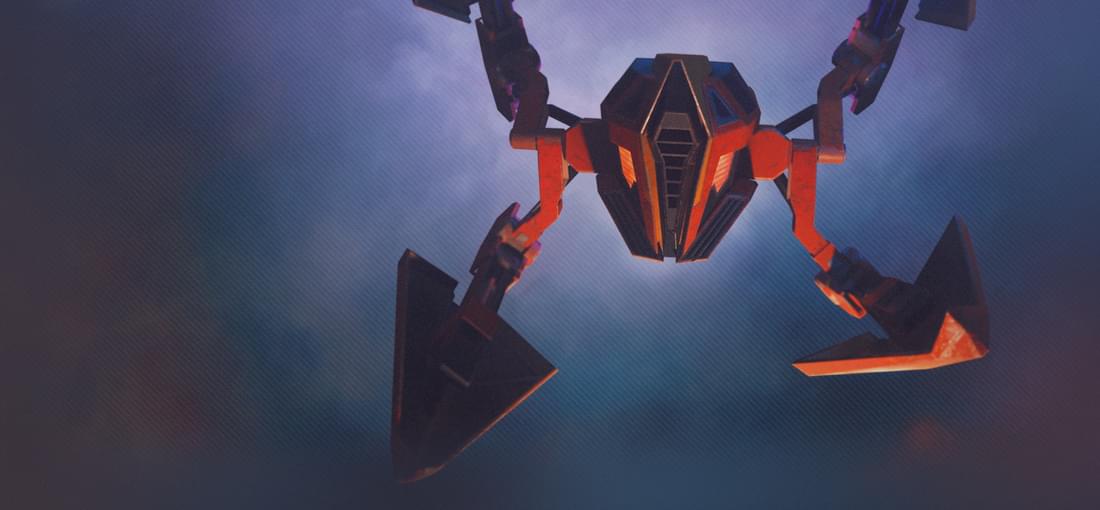
My initial reactions to this demo: the brightness balancing is TERRIBLE and needs to be turned up to where the menus are eye-searingly bright to be able to see the actual game -- and I can't get past the third room of the bloody tutorial map. The door is locked, can't be shot, can't be rammed, there's no key to open it, and neither the holo-pathfinder nor 3D map indicate anything else to be found. Great. That said, the first proper level seems to play just fine and I can believe there's a good enough game here, but I get the feeling I missed a lot of important tutorialization, and it does not instill great confidence for the tutorial to be either broken or utterly inscrutable.
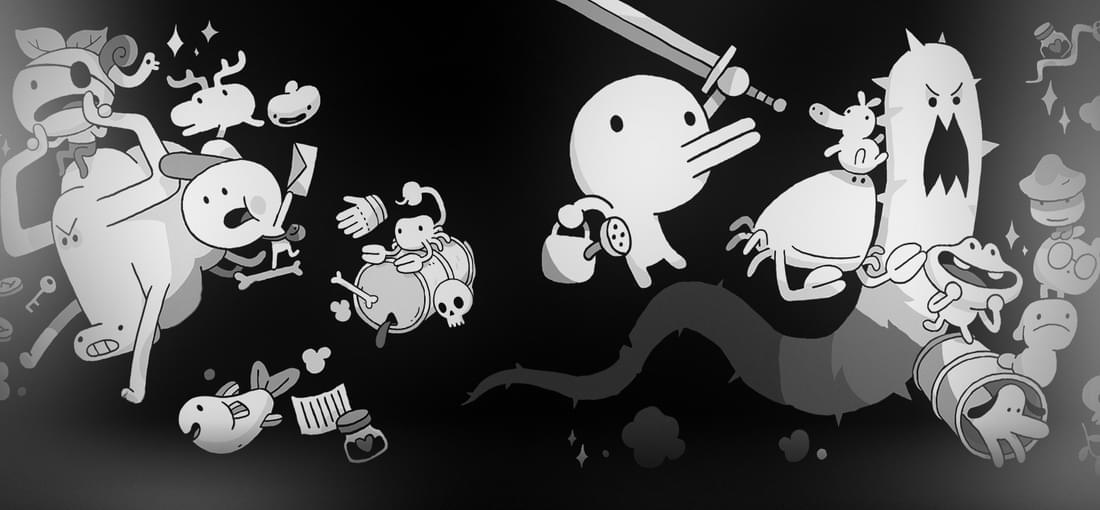
It's cute, it's functional, it has a retro shtick that *mostly* works, there are a couple funny moments, the music is nice and the nonsense dialogue samples are charming. That said, the extent to which it actually realizes its titular 60-second gimmick is fairly minimal. Yes, the game was designed around it and yes, it means that there are areas designed such that you can't complete them in the given time limit until you come back later with some new item, but in that respect it's quite cut-and-dry from start to finish (which, for me, was about 2.5 hours). It never particularly surprised me, there weren't any real laugh-out-loud moments, and the only real challenge factor was just constantly trying to figure out where to go next without much clear direction. Compare this to, say, Half-Minute Hero, which actually makes very smart use of its gimmick and relies on circumventing it, has considerably more playtime and offers some hidden branching paths, and the idea has just plain been done better before. I'd consider this worth the playthrough at maybe HALF its starting price.
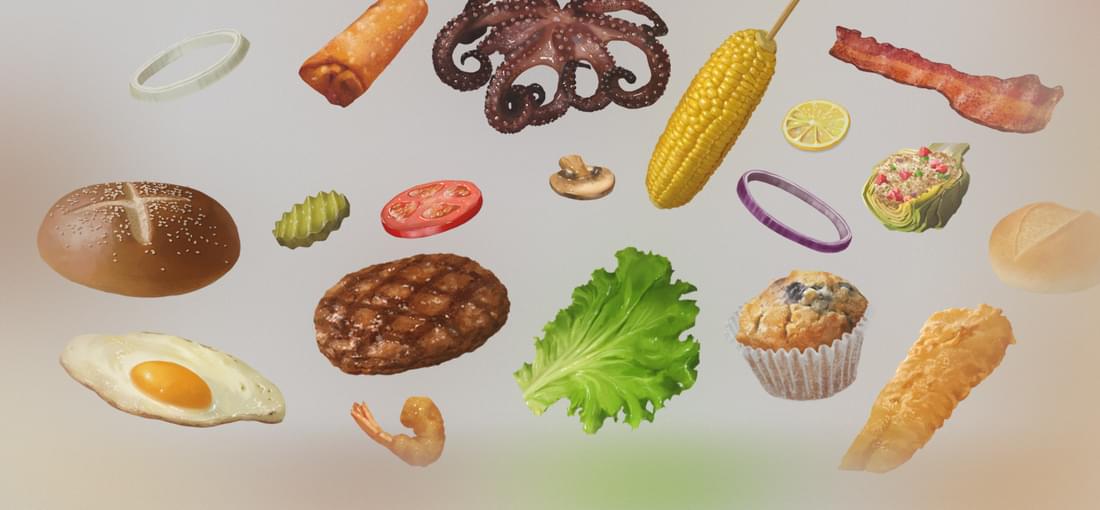
Using CSD1 as a baseline, CSD2 has FAR more foods, insanely improved artwork, restaurant customization, a suite of other fun food places for you to work shifts at, and most importantly, a holding station mechanic which adds a wonderfully fresh and challenging bit of extra depth to how you play the game. You can use them for foods that require them, prep some other foods faster, or keep a selection of side dishes to boost customer patience. It adds a genuine element of strategy that the original somewhat lacked. That said, the focus of the game has shifted drastically. Rather than upgrade tiers and varied mechanics for a limited selection of foods, you instead have hundreds and hundreds of foods thrust at you, full complexity right out of the gate, which for the most part feel identical to one another to prepare and all earn you roughly the same paltry amount of profit. Would I rather buy chicken, ham, or sausage slices for my menu? Who cares?! On top of this, the development of your own restaurant seems entirely ancillary to working shifts at the other prefab restaurants, as you'll level up no matter what you do, and unlock a lot MORE stuff by working at other places than you would at your own. Getting perfect days is an expectation more than a self-imposed challenge now, as there are hundreds of gold medals to collect with a whole bunch of unlockables hidden behind them. The rate at which the difficulty ramps up seems to expect you to be a master of the original game, and there's almost no ceiling to it this time. It's great for challenging yourself if you thought CSD1 was too easy by the end, but likely a nightmare for anyone trying to come in fresh. Progression has been replaced with escalation, and the menu interface still looks and feels like a rough beta. On the whole it's still quite enjoyable, hence the rating. It's just disappointing how badly it's upset the amazing balance that the original had achieved.
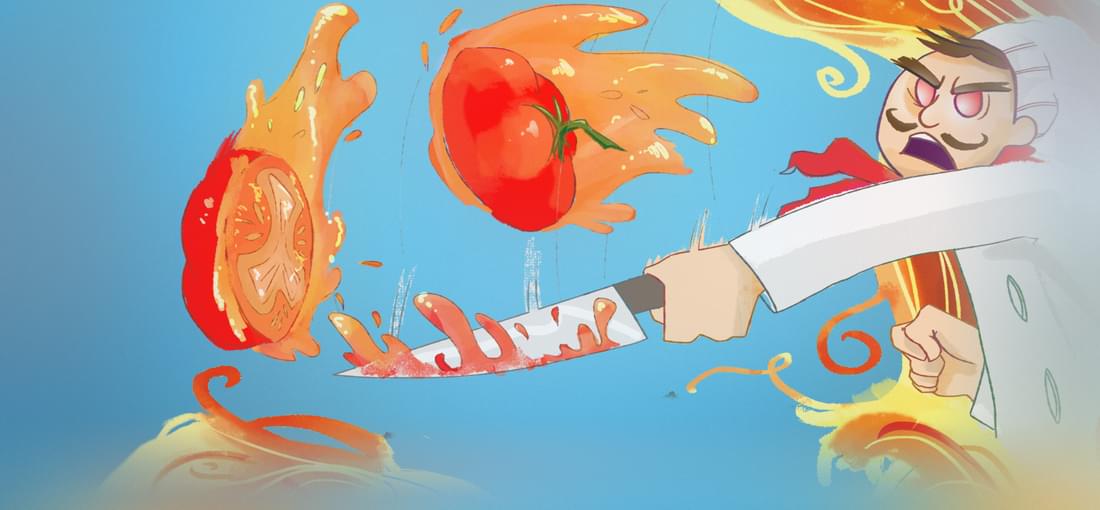
A very straightforward game at its core, CSD is a genuine stroke of mechanical and aesthetic genius. The actual gameplay is essentially a series of quickfire QTE's over the course of a ~10 minute day wherein you are apparently the lone employee of a restaurant, trying to keep up with all the orders and chores as they flow in. Every step of every order is typically one or two keypresses, so it's a great way to practice your touch typing and have fun doing so. (Not much of a typing tutor, but good for someone who's already intermediate level.) This is all accompanied by fairly static but charming graphics, a catchy soundtrack, and an amazingly cathartic suite of plops, sizzles, chops, and slaps as you prepare the food. Between days, you use your funds to buy and upgrade equipment and foods -- chores become easier, but food becomes harder, gaining more complicated and variable recipes, and earns you more in return. You can select your menu for the coming day, which involves managing basic detractors like negative buzz for too many fatty foods, or serving certain foods too many days in a row. The difficulty curve comes from the food upgrades and prestigeing your restaurant to higher star ratings where you'll deal with progressively more customers at once. (This is part of why I'm not as big a fan of the sequel, but that's neither here nor there.) If I could level one complaint against the game, it's that the real challenge takes too long to kick in. Once you have a hang of things, you still have to spend 20 days serving before you can get your first star upgrade and start having to worry about juggling more than 4 people at once. That can be enough to bore someone of the game before they've seen even half of how crazy it can get. I would still absolutely recommend it, but where to get it from depends on your preferences: If you want achievements, get it from here. If you want the Android version bundled with the PC version, get it from the Humble Store.